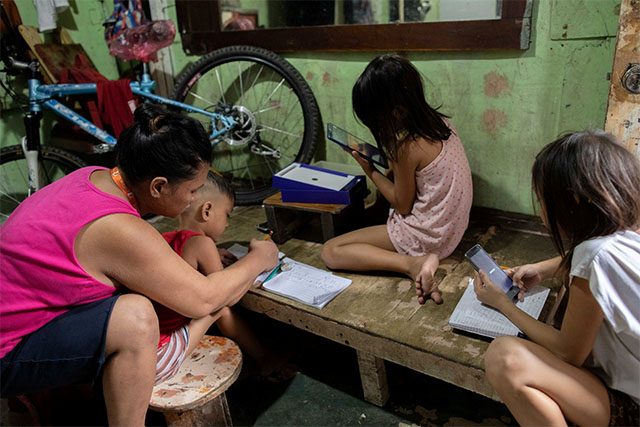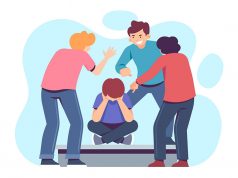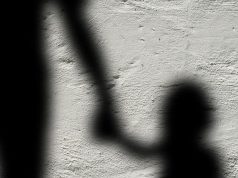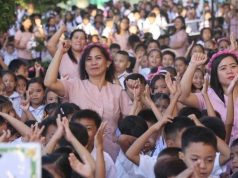
A global study by UNICEF (United Nations Children’s Fund) found that some digital learning platforms developed during the COVID-19 pandemic are no longer responsive to the needs of students.
“One-third of nationally developed platforms have entirely shutdown, are outdated, or no longer fully functional, limiting learning approaches to help schoolchildren recover their education,” the UNICEF report titled “Pulse check on digital learning” reads.
These platforms were not specified but the report, which aims to transform education systems, examined the current state of digital learning by focusing on five vitals, including policies and financing, platforms and content, teachers and school leadership, digital literacy and holistic learning opportunities. It also featured the first-ever mapping of 471 national platforms in 184 countries by UNICEF and EdTech Hub.
The study likewise underscored the digital divide in the learning platforms used by countries across the globe.
The report said that over 70% of platforms do not offer offline functionality which poses a challenge for those who have poor access to the internet.
Based on a poll conducted by an independent research firm called iOptions Ventures Corporation showed that more than half or 67% of parents, 84% of teachers, and 71% of students chose “unstable mobile/internet connection” in the list of challenges encountered in distance learning.
RELATED: New poll says unstable internet remains top challenge in distance learning
A separate study by Social Weather Stations also showed that about four of ten Filipino students do not have any instruments needed for distance learning.
READ: Four of 10 Filipino students lack distance learning tech
UNICEF said that in the Philippines, the Department of Education has a renewed focus on digital learning through its Learning Recovery and Continuity Plan.
“It continues to improve digital learning through the Learning Resources Portal and the DepEd Commons, along with other platforms like DepEd TV on YouTube. DepEd is consolidating all digital platforms through a National
Education Portal,” it said.
Aside from these, UNICEF said that there are also contents that include the production of digital stories, games, apps, ebooks and videos that increase access for mainstream students and children with special needs.
Potential of technology
In view of the findings of the report, Leonardo Garnier, UN special adviser for the Summit, stressed the importance of developing a responsive digital learning platform for students.
“To truly harness the potential of technology, we need to avoid simply replicating in the digital form the mistakes made in traditional in-person instruction. When applied with sound pedagogical approaches, technology can help put learners at the center, enabling the creation of student communities bonded by common questions and interests,” he said.
Some of the recommendations of the study to improve distance learning are the following:
- incorporation of digital learning in national policies and plans
- increasing resources dedicated to digital learning
- addressing the digital and usage divides
- training and empowering teachers and school leaders, as well as learners and caregivers
- meeting schoolchildren where they are in their learning through entertaining and educational content and a mix of technologies.
Meanwhile, UNICEF director of Education Robert Jenkins stressed the government’s role in altering the education system.
“Today, governments are at a pivotal point of either failing to educate an entire generation or making trend-altering investments in cost-effective initiatives, including digital learning, to transform their education systems,” Jenkins said.
RELATED: Tech company seeks to address digital, education divide in Philippines
In the Philippines, schools started conducting full five-day face-to-face classes last November 2 after two years of distance learning.
RELATED: What DepEd can improve for better implementation of face-to-face classes









